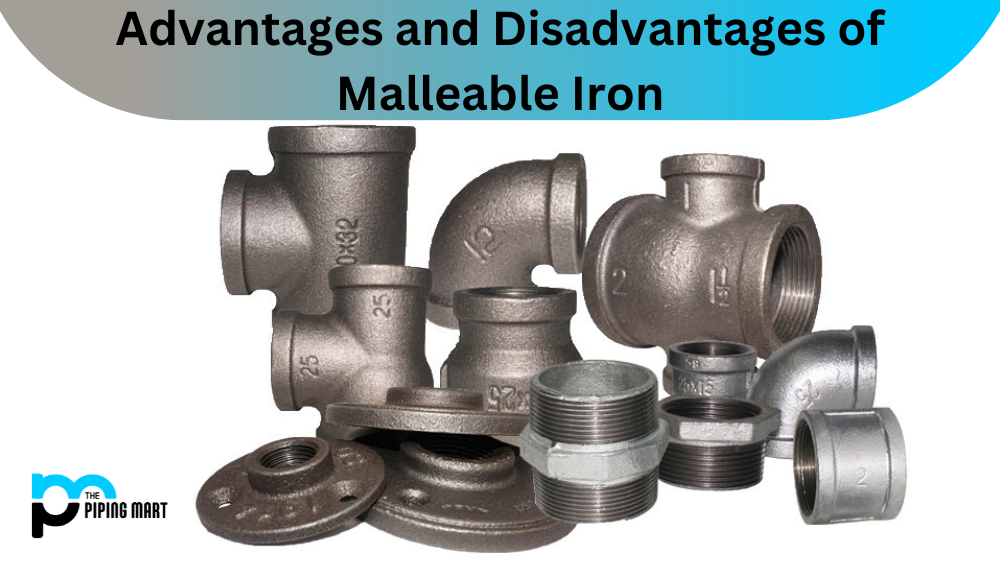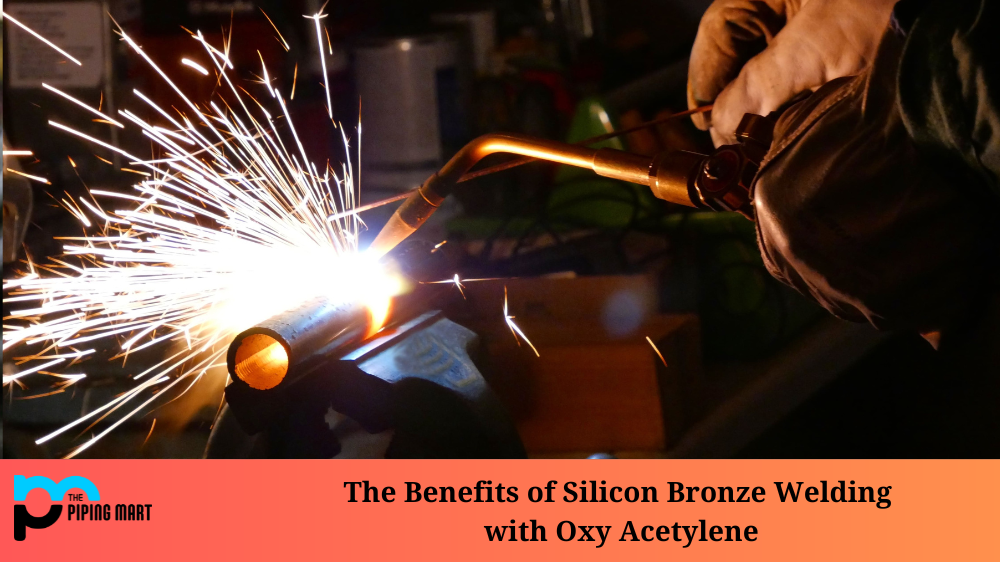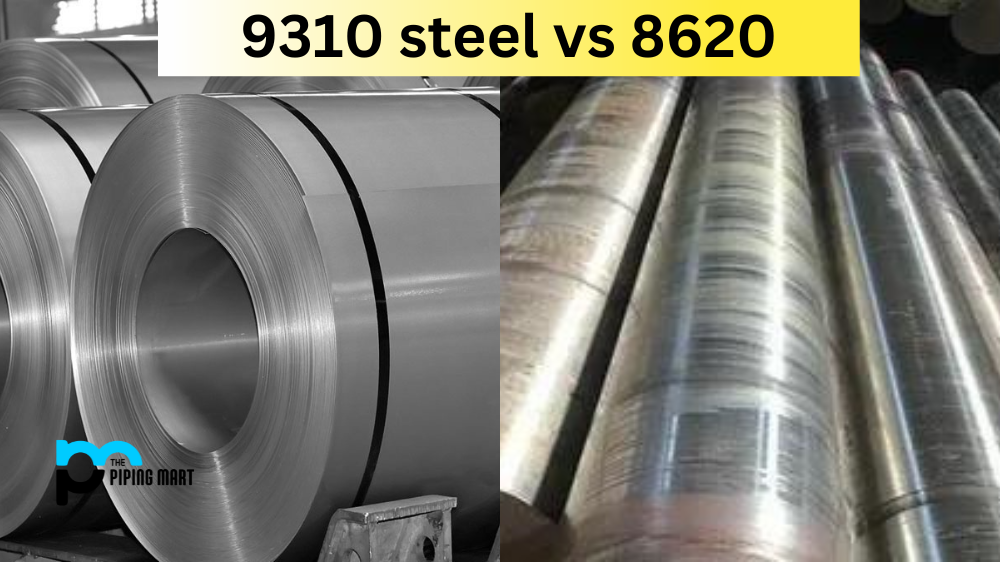When choosing materials for various projects, malleable iron may come to mind. This versatile material has a wide range of applications and is known for its durability and strength. However, like any other material, malleable iron also comes with its set of advantages and disadvantages. In this blog post, we will explore these factors and help you understand if malleable iron is suitable for your projects.
Advantages of Malleable Iron
High Tensile Strength
Malleable iron has high tensile strength, making it suitable for high-stress applications. Its power compares with many steel grades, making it a popular choice where steel is unavailable or too expensive.
Ductility
Malleable iron is highly ductile, meaning it can be moulded and reshaped without breaking. This ensures it can produce intricate shapes, which is difficult to achieve in other ferrous materials.
Excellent Machinability
Malleable iron is relatively easy to machine compared to other materials, which makes it an ideal choice for tasks like cutting and drilling.
Corrosion Resistance
Malleable iron has excellent corrosion resistance, which makes it an ideal choice for outdoor applications. It can withstand harsh weather conditions and water exposure while maintaining its properties.
Disadvantages of Malleable Iron
Brittle
Malleable iron is still a brittle material despite its high tensile strength and ductility. This means it can crack or break when subjected to excessive pressure, which can be problematic in some applications.
Limited Weldability
Malleable iron is limited and cannot be welded like steel. This makes it unsuitable for applications that require welding.
Low Fatigue Resistance
Malleable iron’s low fatigue resistance makes it unsuitable for cyclic loading applications such as crankshafts.
Cost
Malleable iron is relatively expensive compared to other materials, such as steel, making it less prevalent in some applications.
Conclusion
In conclusion, malleable iron is a versatile material that has many advantages but also has its disadvantages. It’s essential to understand the material’s pros and cons before deciding. Malleable iron can be a great choice if high tensile strength, ductility, excellent machinability, and corrosion resistance are vital for your project. However, if you have applications where welding, fatigue resistance, or cost-effectiveness is crucial, you may need to look at other materials. Always consult with experts before making any decisions.
Meet Heer, a dynamic and driven writer learning tricks of her trade in the metal industry. With a background in Digital Marketing, Heer brings a unique perspective to her writing, sharing valuable insights. Apart from blogging she like reading and hiking.




